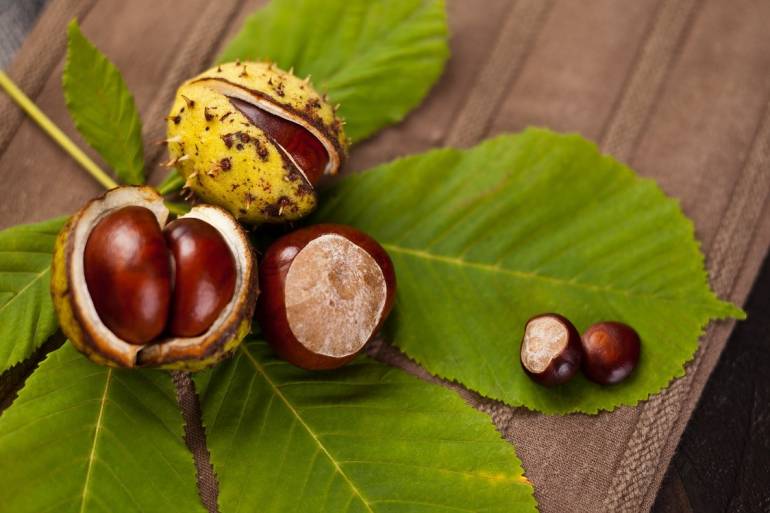Joint pain is not only due to musculoskeletal ailments that occur in old age. More and more young people are complaining of joint soreness and stiffness, as well as difficulty with movement. What can these symptoms result from? How to deal with them quickly and effectively?
Joint pain can occur at different ages. This and other joint symptoms can have a wide range of causes. From a one-time strain while carrying heavy packages to chronic inflammatory diseases of the joints and musculoskeletal system. The discomfort can pass after a few days, return or persist for a long time.
It is worth remembering that joint pain is a symptom of various ailments, not a separate disease entity. Pain within the joint often occurs along with its redness and pronounced warmth. If, in addition, there is swelling within the joint, then this is a signal that the ailment is inflammatory in nature. If, with a single episode of pain, the discomfort does not pass for several days, and is accompanied by fever, muscle pain, excessive fatigue and joint stiffness, then it is imperative to see a specialist.
What are the causes of joint pain?
Pain is most common in the knees, elbows, hips, wrists or joints of the spine. Joint discomfort can result from:
- Mechanical injuries (dislocation, sprain, contusion)
- Excessive and unsuited to the capabilities of the musculoskeletal system physical activity
- Overweight and obesity – excessive weight puts too much strain on joints
- Rheumatic diseases (e.g., rheumatoid arthritis, ankylosing spondylitis)
- psoriatic arthritis
- Osteoarthritis and damage within the articular cartilage
- Gout – pain often occurs in the big toe or thumb
- Bacterial diseases with joint symptoms (including Lyme disease, gonorrhea) or viral diseases (such as influenza).
In young and middle-aged people, the most common causes of painful joints include injury and overload from intense exercise. In seniors, the symptoms are more likely to result from chronic diseases in the musculoskeletal system. The extent of the ailment helps in the diagnosis and hints at where to look for the causes of joint discomfort. If a particular joint hurts, is swollen and red, then the cause is likely to be trauma. When the symptoms involve several joints, the specialist rather recommends a diagnostic path for chronic diseases.
How to relieve painful joints?
First of all, to effectively treat joint pain, you need to know the cause of the ailment. There are a number of home remedies to reduce pain and swelling. They are often very helpful in treating injuries and strains resulting from excessive physical activity. They also bring relief to people with chronic conditions.
- Cold packs. The easiest way to make them is to wrap ice cubes in a cotton handkerchief. Special reusable gel packs for cooling in the refrigerator or cooling gels are also available at pharmacies. The cold causes blood vessels to shrink, reducing swelling and inflammation.
- Rest. If your pain symptoms are the result of excessive exercise, it’s a good idea to limit it until the joint has healed. The pain is most often due to damage to the structures of the joint. It is worth giving them time to rebuild and return to full function. Also, after the recovery period, the joint should be gradually loaded, without intense and strenuous exercises. It’s worth spending time on activities that strengthen the joint and rehabilitation exercises at first.
- Use of pain medications. To bring relief from nagging pain, you can reach for joint pain medications, available at the pharmacy without a prescription, in the form of oral preparations, gels or topical joint ointments and patches. They reduce pain and have an anti-inflammatory effect. According to the manufacturer’s recommendations, they can be used for several days. If after this time the discomfort does not subside – it is worth seeing a doctor.
- Herbal medicines for joints. These are over-the-counter preparations available at pharmacies that are recommended for supportive use in the treatment of musculoskeletal disorders. Reumaherb® is an over-the-counter drug that has been effective in treating joint complaints for 20 years. It is based on standardized plant extracts: devil’s claw root, echinacea herb and elm flower. Taken orally for 10 days, it helps reduce pain in musculoskeletal disorders.
- Hydrotherapy. Water massages, relaxing baths and exercises in water allow to alleviate pain on the one hand, and to regenerate joints without straining them on the other.
- Moderate physical activity. To get stiff joints moving, specialists recommend moderate exercise that increases their range of motion, but without straining them in the process. Swimming or cycling are great here. Remember, however, that when recovering from a joint injury, it is better to avoid exercises initially. And talk to a specialist about their inclusion in rehabilitation.
If the treatment of joints with home remedies is ineffective, the ailment worsens or more ailments appear, it is worth consulting a doctor as soon as possible. With chronic ailments can also be helpful:
- Physical therapy treatments. To reduce pain and inflammation in the joints, treatments using electrotherapy (TENS, PENS), cryotherapy, magnetic fields, laser therapy and ultrasound treatment are recommended.
- Delivery injections, including modern pain treatments. Depending on the type of therapy, they help improve joint mobility, regenerate damage within the joint itself and periarticular structures, or relieve pain.
In the case of injuries and joint damage resulting from too much training, home remedies to relieve pain and swelling will help. They usually cause relief after a few days. With chronic and recurring ailments, it is crucial to accurately diagnose and select joint treatments together with a doctor.







